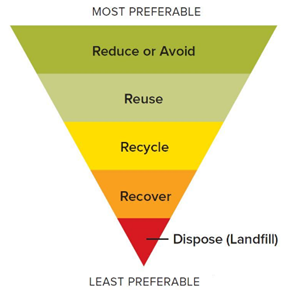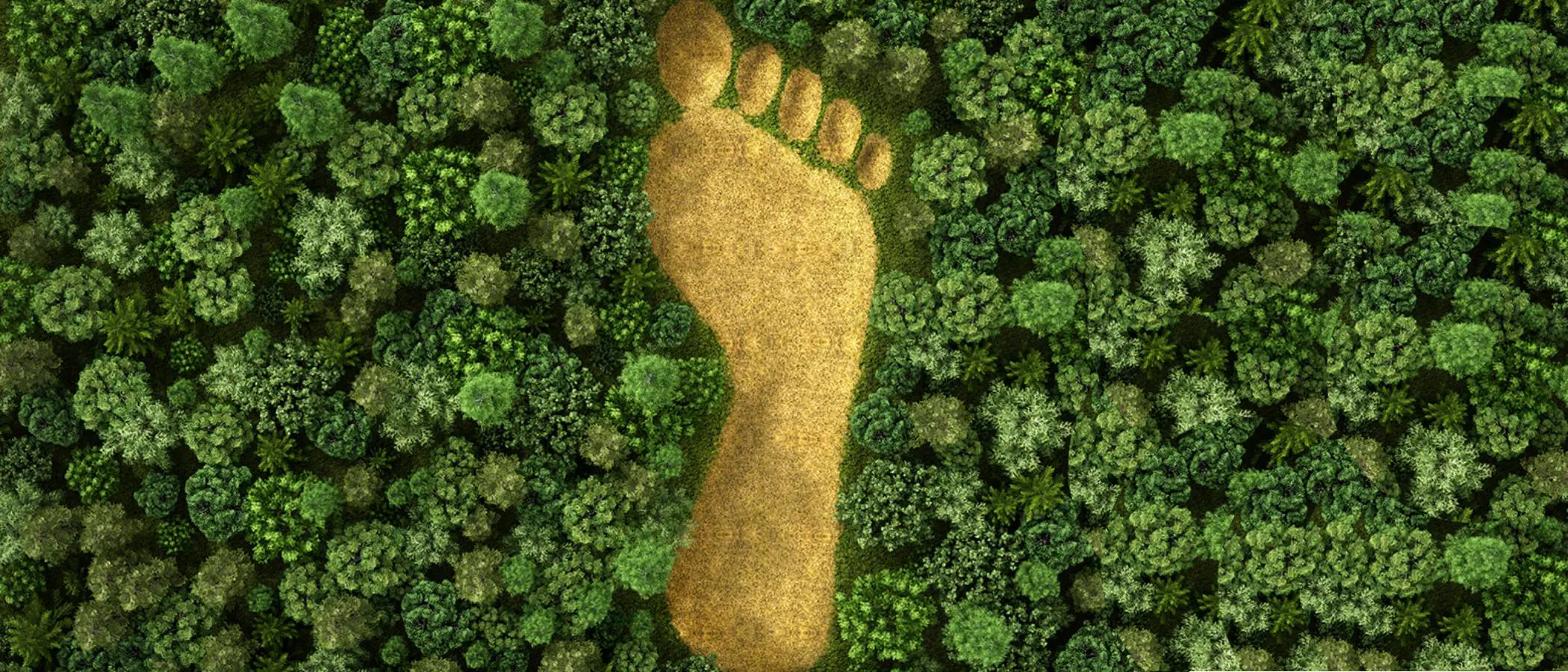According to the Global Footprint Network, in 2020 humanity has been living on credit since 22 August as we have already consumed all the resources the planet can regenerate in a year. In other words, it now takes 1.6 planets to meet the needs of humanity. And if we do nothing by 2050, it will take three!
As scientists and international organisations rang the warning bell more urgently than ever before, the alternative model, circular economy, has become an important focus of governments in their post-COVID economic recovery plans. The term “circular economy” relates to the concept of the circle of life and energy, which assumes that nothing comes from nothing and nothing is ever wasted.
In 1979, Ad Lansink, biochemist and Dutch MP, argued that the best way forward was to construct a hierarchy of options in the production of goods and services. The best option, at the top of the ladder, is to Reduce the use of physical resources or even Avoid using them altogether. The next option is Reuse, followed by Recycle and then Recover. The least preferable option, among those in a well-regulated economy, is Disposal in landfill (though unregulated dumping would be even worse).

To illustrate the multitude and complexity of choices that will have to be made in building circular economy, we can use the very familiar example of cows’ milk.
Milk has a fairly large carbon footprint because cows use land that could instead be forested and used to soak up carbon, and they also belch methane, a potent greenhouse gas. Agriculture accounts directly for 12% of emissions, but the destruction of rainforest, largely for farming, also causes global warming in two ways. The burning creates carbon dioxide, and once the forest has disappeared, it can no longer absorb carbon dioxide. Moreover, the milk container is usually made of plastic, which involves fossil fuel combustion. Using Lansink’s ladder, we come to the following conclusions:
- Reduce or Avoid: Consider oat milk as an alternative, or soy milk if you’re drinking milk for protein. Although Amazon rainforest is being destroyed to make way for soy plantations, most of this is being used to feed cattle, which need enormous amounts of it. If we all drank soy milk rather than feed the soya to cows and then eat the cows or drink their milk, there would be no need to deforest the Amazon. Buy one big carton rather than two small ones, because this means less plastic per litre. However, if you do purchase a larger container, make sure you drink it all. This option remains the best option given the limitations of the other options, as described below.
- Reuse: Find creative ways of giving cartons a second life. Watering can or storage container, for example? However, there’s a limit to the number of watering cans made out of milk cartons we could possibly use.
- Recycle: Put the cartons in the correct bin, well-rinsed, so that they can be processed and turned into something else. Manufacturers can use Recycled plastic for new milk cartons. Farmers can use the cow manure to boost soil fertility.
- Recover: Municipalities can burn the plastic in the incinerator, producing heat and steam that generates electricity. The energy Recovered from burning plastic is much less than the energy used to make it in the first place, so Recover is worse than Recycle.
- Dispose: If recycling facilities don’t exist, municipalities should put it in a suitable landfill site. The quality of plastic made from Recycling is worse than virgin plastic, and Recycling plastic is notoriously fiddly, because of the many different kinds. For this reason, much of the plastic in our Recycling bins may end up incinerated, in landfill, or in the worst case illegally dumped.
-
Candriam Academy
The world’s first free-to-access accredited training platform for sustainable and responsible investing.
-
Circular economy: paradise restored
Nauru, once a paradise, is now 'Paradise Lost'. Can we save Earth?
